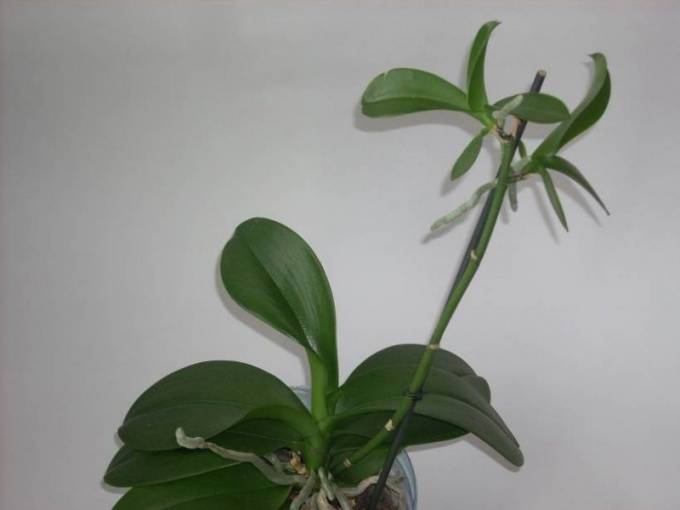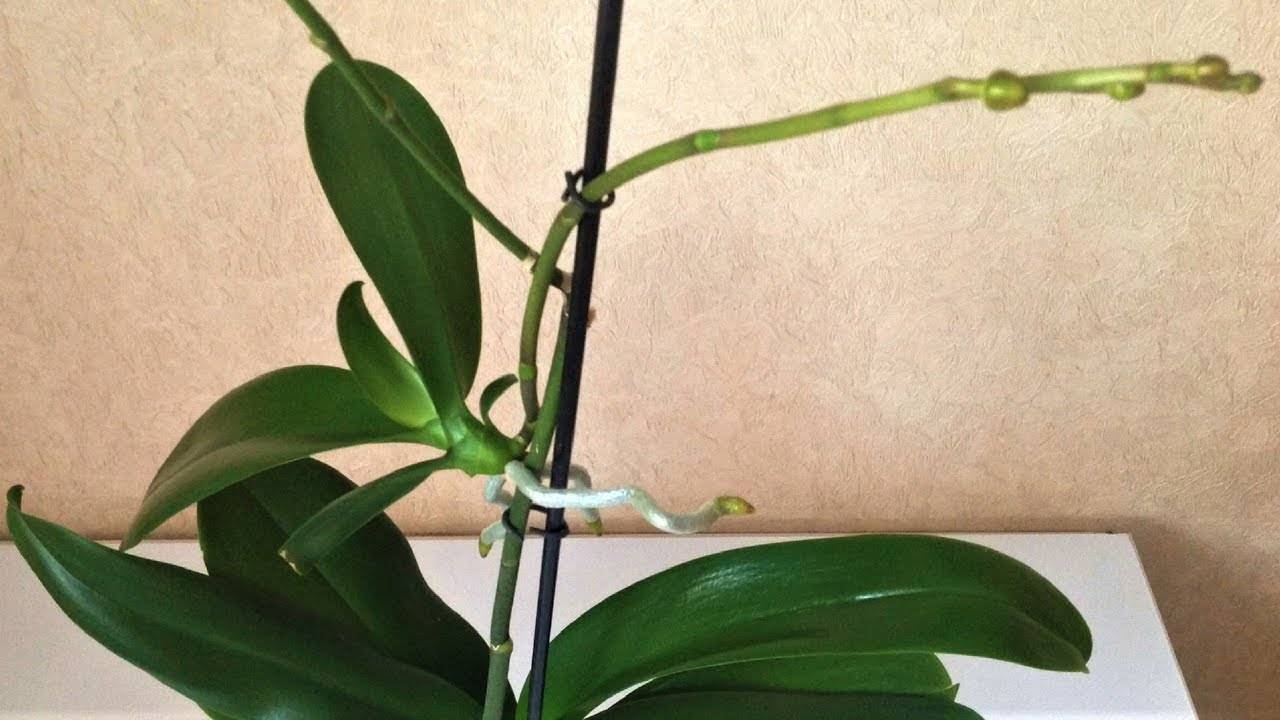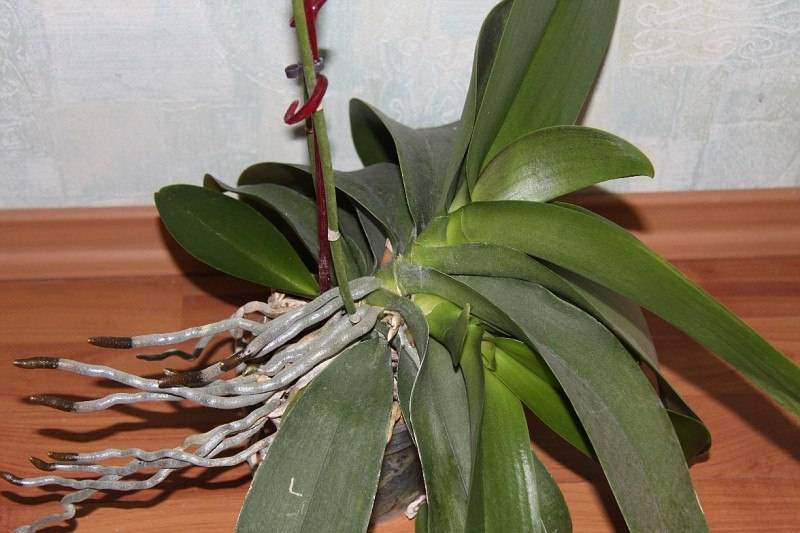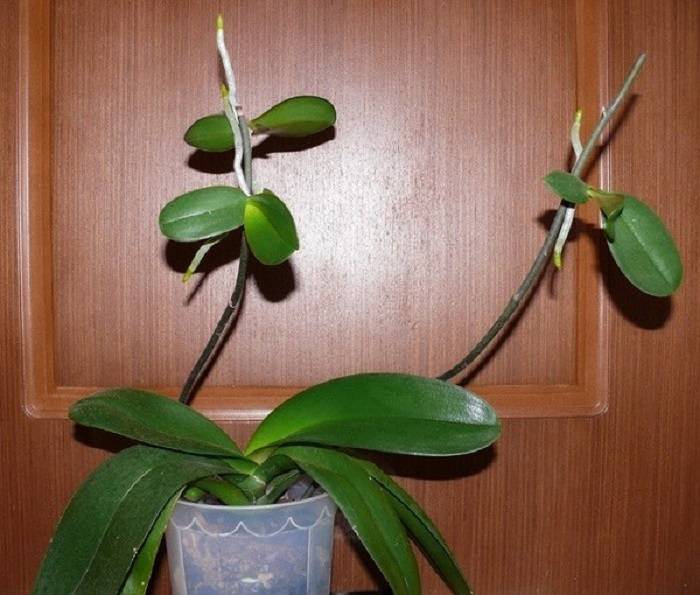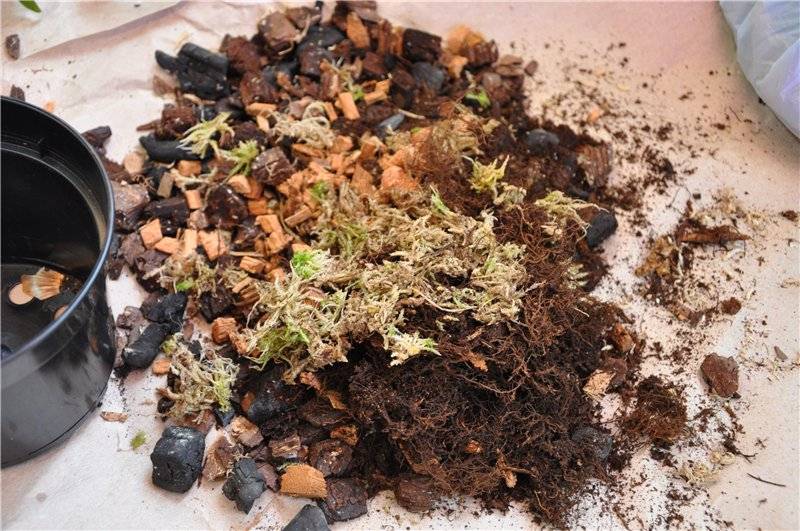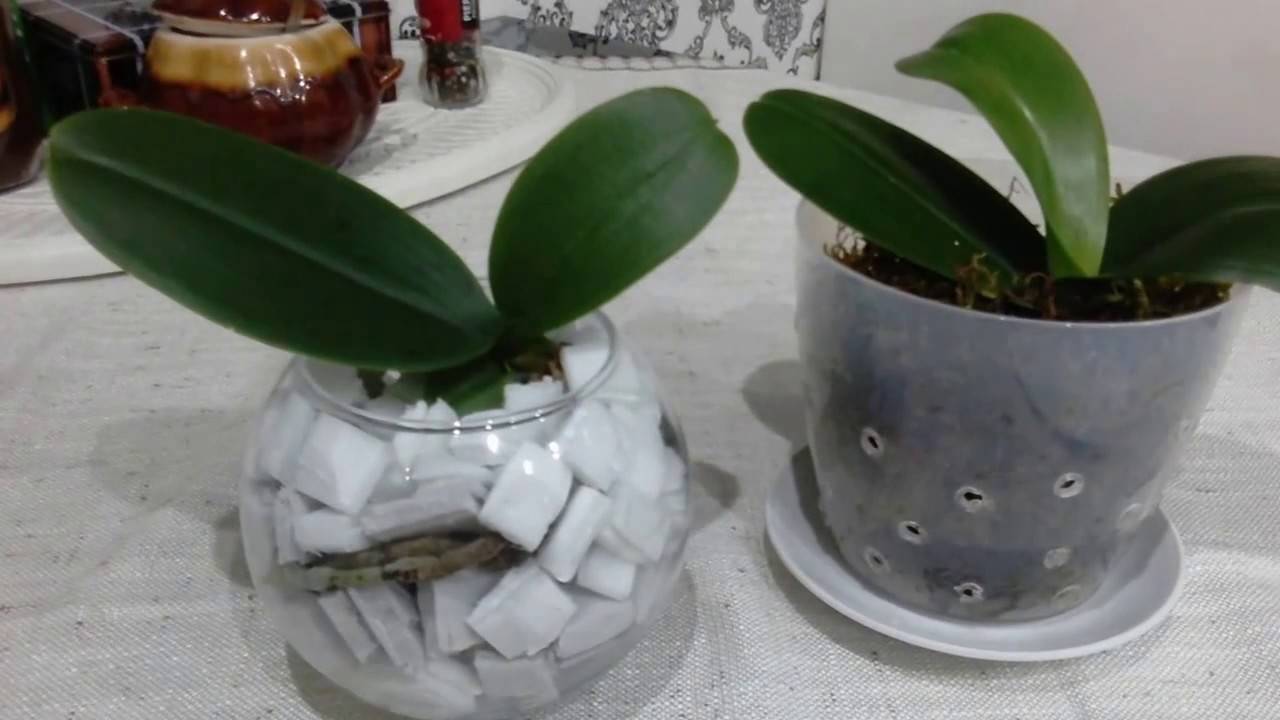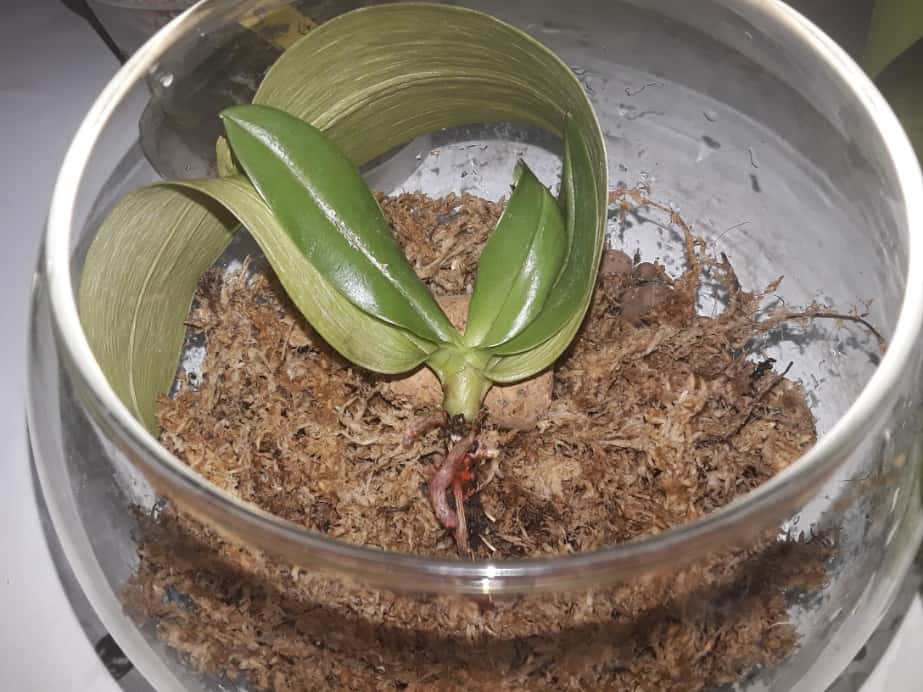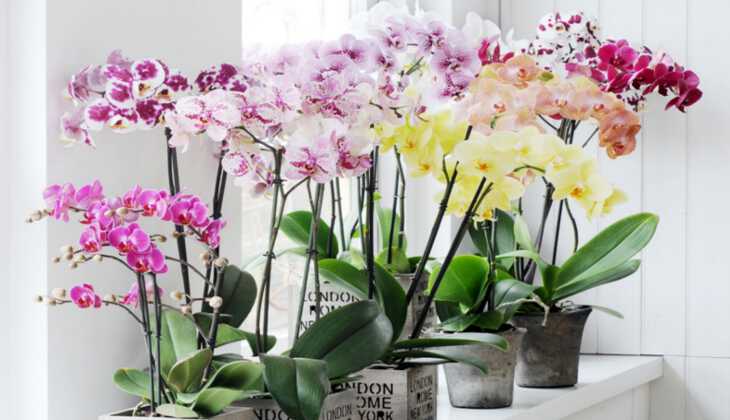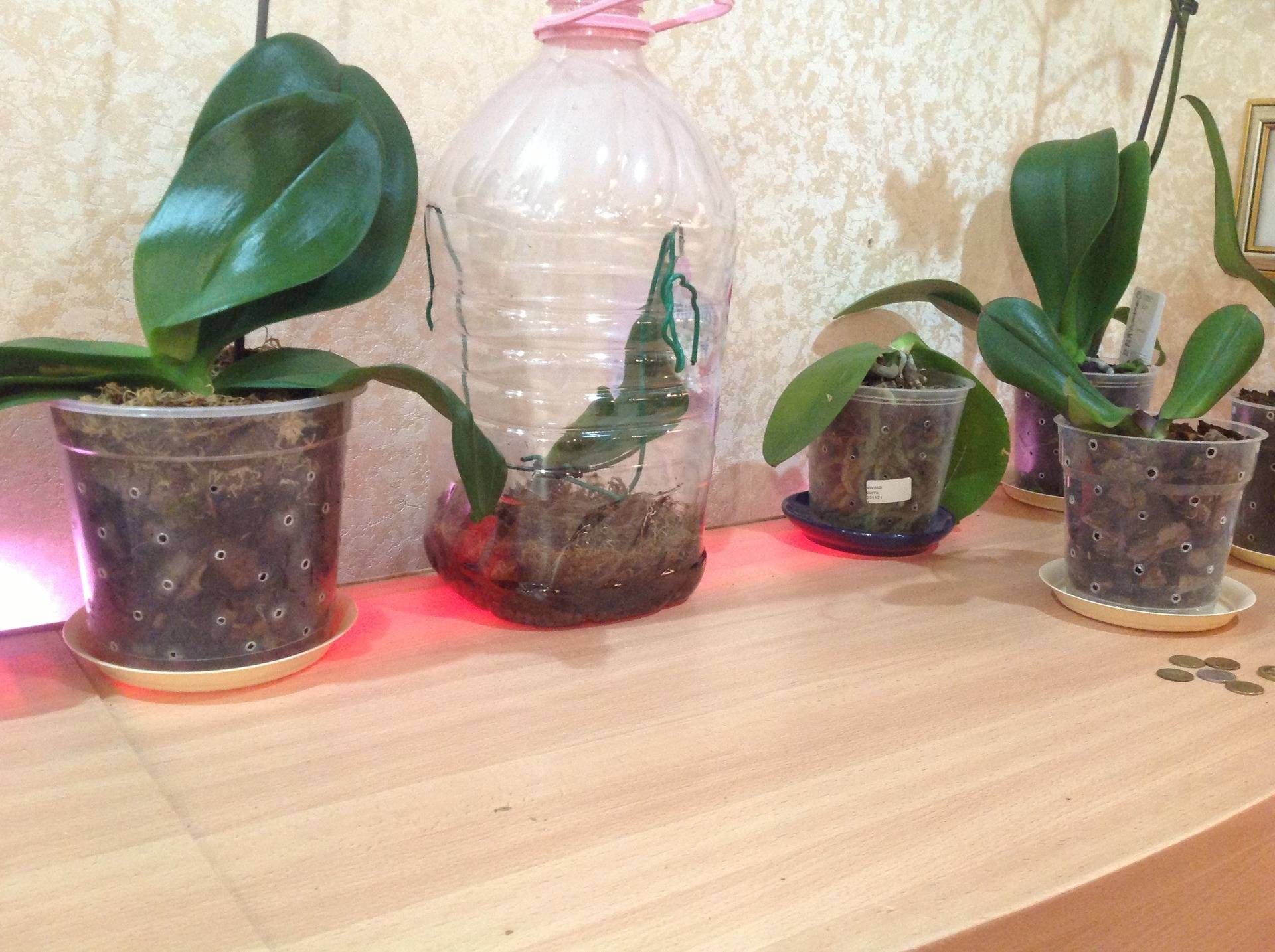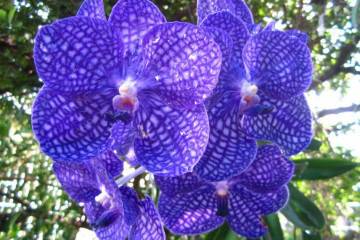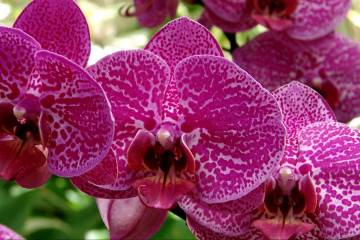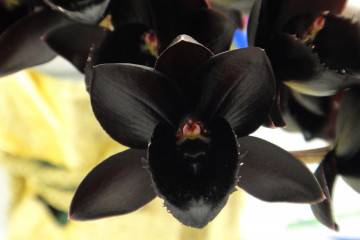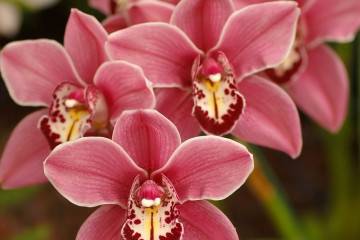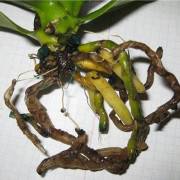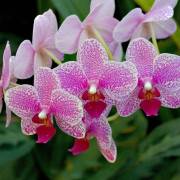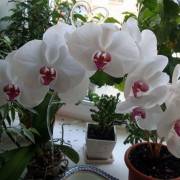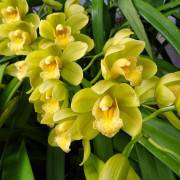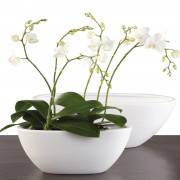How to plant a baby Orchid from a peduncle
Content:
Transplanting an orchid is an important part of caring for this plant. Florists are often faced with this phenomenon when the orchid has grown on the stem. What to do in this case, every flower lover should know. It is necessary to transplant the shoot into a new pot, and then after a while a young orchid will grow.
Why is it important to share a baby with a parent
The baby is a young plant that has grown on a stem. It can appear on the peduncle, trunk, or roots. In most cases, young shoots grow on a peduncle. First, a seal appears, then a kidney forms, and after that a young process grows out of it. Sometimes the daughter process may have its own roots, stem, peduncle. Occasionally it happens that it blooms directly on the mother plant.
It is necessary to share the baby with the mother's orchid so that the parent does not die. The offshoot takes up a lot of nutrients, so the mother plant receives them in insufficient quantities, because of this it can get sick and not survive. There are difficult situations when either a daughter or a parent can die. In this case, they need to be seated urgently.
When can you plant
The process can be removed from the parent only when it is ready for it. Do not rush: the branch should get a little stronger.
How to know when a scion is ready for separation
The florist will understand that the daughter is ready to be separated from the parent, according to several signs:
- 5 leaves appeared on the young process. Thanks to the leaves, the plant feeds and breathes on its own.
- He has grown healthy strong roots (at least three). Do not replant before the length of each root reaches 5 cm.
- The shoot should mature on the mother flower within 5–6 months. It is not recommended to separate it earlier.
A strong and healthy shoot can be removed and transplanted into a new pot to grow a new orchid. This is one of the main breeding methods for this flower.
The optimum temperature for replanting is 20-25 ° C, the appropriate air humidity is 50-60%. It is best to separate the shoot in summer or spring, but this depends on the condition of the adult orchid. As a rule, no shoots appear in the orchid in winter.
Young shoots rarely grow on an adult orchid. His appearance can be considered good luck. This will allow another flower to grow in the room. Most often, the shoot appears in the warm season - in summer, late spring or early autumn.
Is it possible to separate the baby if the orchid blooms
Inexperienced growers have difficulty noticing that the orchid has a baby on the trunk. What to do if an orchid blooms at this time, not every flower lover knows. In this case, it is advisable not to transplant the young shoot, but to wait until the flowering ends.Separation of shoots is a serious stress for a flowering plant. In addition, during this period, the daughter's roots have not yet formed, so she will not survive on her own.
If it grows on a peduncle
Very often there are situations when an orchid gave a baby on a peduncle. How to transplant a young shoot is described below.
Detailed instructions on how to plant an orchid baby from a peduncle:
- A young shoot is cut with a sterile pruning shears, capturing part of the peduncle, but leaving 1–2 cm on the parent's branch.
- The place of the cut for disinfection is sprinkled with crushed activated carbon and allowed to dry.
- The base of the shoot is flaked to allow the roots to germinate.
- Expanded clay, tree bark and wet moss are placed in a plastic cup with a hole on the bottom.
- A horizontal support is installed on top that will support the plant. Additionally, you can install a vertical support to hold the stem.
- The twig is attached to the support so that its lower cut does not touch the ground. The scion should hang in the air, this will allow the plant to root.
- The plant is covered with a large plastic bottle or eggplant with the bottom cut off, placed in a warm place and watered regularly.
This method of rooting is widespread among flower growers, because daughter shoots often grow on a peduncle.
Instruments for separating and transplanting children Orchids
Before separating the baby and transplanting it into a new soil, it is necessary to prepare the tools:
- garden pruner;
- activated carbon (1 tablet) or ground cinnamon;
- alcohol for disinfection;
- a thin plastic pot with a diameter of 8-10 cm, there should be holes at the bottom;
- a sharp clerical or kitchen knife, you can use scissors;
All instruments must be thoroughly disinfected before use.
The soil must be prepared from three components:
- sphagnum moss;
- finely ground tree bark (pine);
- charcoal.
You can buy ready-made orchid soil in the store.
How to separate correctly
You need to know exactly how to plant an orchid baby from an adult plant. Occasionally, a shoot grows at the base of the parent, then the baby has roots.
If a root baby has formed on the orchid, then the procedure is slightly simplified:
- Check the presence and condition of the roots. They must be strong, sturdy, long;
- Cut off the baby with a disinfected knife, pruner or scissors, detach it from the roots of the main orchid.
- Sprinkle the cut area with activated carbon powder or cinnamon.
- Prepare the substrate: expanded clay is placed on the bottom of the pot, then moss and pine bark are mixed. It is advisable to water the substrate with a solution of potassium permanganate.
- Make a depression in the ground and place the cut baby there. Gently sprinkle the roots with the substrate so that they are completely covered with soil.
- Cover with a plastic bottle (greenhouse).
A young orchid will grow quickly in a warm and humid environment. It needs to be watered regularly. The soil should not be dry, but it should not be poured either.
Where is better to transplant
The separated orchid branch must be transplanted into new soil. Novice growers should remember well how to plant an orchid shoot at home.
An orchid shoot can be transplanted into a greenhouse or foam.If the child has its own root system, it is planted in a new soil. If it does not have roots, then it is hung over a pre-prepared substrate and they wait for the baby to take root. In both cases, the orchid must be grown in a greenhouse, which can be made from a large plastic bottle. The greenhouse will keep the orchid warm and humid.
There is another way of rooting an orchid process: the baby is planted in polystyrene. A hole is made in a piece of polystyrene and the base of the appendage is inserted there. The whole structure is placed in a glass of water and fixed. You can cover it with a greenhouse or plastic wrap.
Transplanted baby care
Proper care will help a young orchid grow into a beautiful adult plant. The flower grower must provide the necessary conditions for both the transplanted child and the parent. Then the flowers will survive and will delight the owner with their beauty for a long time.
The condition of the transplanted process must be closely monitored. If the leaves turn yellow, the flower withers and dries up, it means that the florist has violated the rules for transplanting the appendix or improperly looked after the plant. The pruning shears and the soil must be disinfected so as not to infect. The cut site is also treated with activated carbon or mustard.
Yellowed leaves are a sign of dry soil or sunburn. It is necessary to water the plant and put it in the shade. If the orchid is watered too often and too much, rot will form on the roots, and then the flower will need treatment. Root decay and leaf wilting can cause pests. Then it is necessary to use insecticides and special preparations for the treatment of plant diseases.
Stimulating the emergence of roots
It so happens that a young orchid does not grow roots. There are several ways to grow a root system on a detached baby. Floating the scion on styrofoam and hanging it over the ground are good methods. But there is another effective way to help your baby develop a healthy, independent root.
How to grow roots on a daughter process of an orchid:
- Moss (sphagnum) is soaked in water for half an hour.
- Damp and swollen moss is rolled up into a ball and tied with a thread.
- They make a small greenhouse: drainage is put in a plastic glass with a hole on the bottom, and then moss (sphagnum).
- Outside, they put a support for the sprout, which will not touch the moss.
- The underside of the baby is treated with a root growth agent (for example, "Kornevin"), which is added to the water for irrigation. It is necessary to alternate the use of water and means: today it is poured with water, and after 2 days - with Kornevin.
- The baby is placed in the moss, pressed tightly against it, fixed from below and tied to a support.
- Sphagnum is watered and sprayed daily.
- The entire structure is covered with plastic wrap or a greenhouse and placed in a bright place, protected from the scalding rays of the sun.
This method can even be used for babies growing on a mother plant. The wet moss is fixed on the base of the parent's peduncle and the roots of the daughter shoot are awaited.
The roots will not grow earlier than in 3 months. Sometimes the building process can take six months.
The reason for the lack of roots lies in insufficient lighting, inappropriate fertilization or lack of moisture. First you need to eliminate the cause, and then build up the roots. If the flower does not have enough light, you can install a phytolamp. The plant needs regular, but not excessive watering and feeding. An orchid will not survive without roots, so the grower should start growing the roots of a young flower as soon as possible.
Temperature and watering
You need to take care not only for the children, but also for the mother's flower. After the appearance of offspring, an adult orchid needs increased attention and careful care. It needs to be fed with nitrogenous or complex fertilizer and provide a warm, humid environment for it.
Prerequisites for a parent:
- temperature 20-23 ° C;
- air humidity 50-60%;
- muffled light;
- protection from direct scorching rays of the sun.
Mother flower care:
- water the dried soil regularly;
- spray the leaves with water every day;
- the flower can be fertilized at the root or sprayed with fertilizers;
- make sure that no water accumulates in the pot.
The transplanted baby does not need special care. It needs to be kept in a greenhouse throughout the year. The temperature inside the greenhouse must be at least 25 ° C. For the first time after transplantation, the baby is watered on the 4th day. The soil should dry out a little, so the plant is not watered daily, but once every 2-3 days. For watering, you will need filtered or settled water.
A month later, the baby is fed with nitrogenous fertilizers. Then it needs to be fertilized every two weeks. A young plant requires 2 times less fertilizer than an adult flower. Only a healthy plant with strong roots can be fertilized. Before fertilizing, the soil is watered abundantly.
The greenhouse should be placed in a well-lit place, but direct sunlight should not fall on it. It is best to place it near the east or west window. The baby grows rather slowly: in three years it will become an adult orchid and will look incredibly beautiful.
It is quite difficult to grow a young orchid at home on your own. If a baby appears on a flower, then it must be planted. This is one of the main breeding methods for orchids. The flower of this species is very whimsical, it needs good care.
